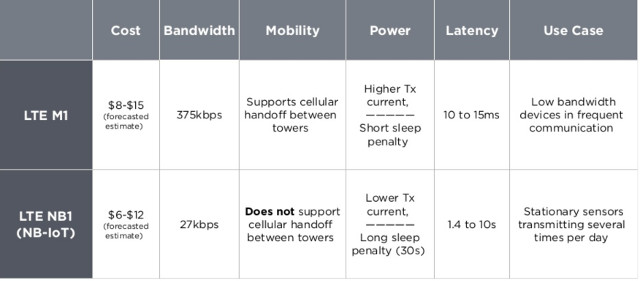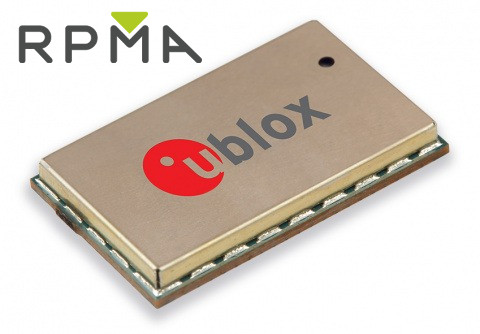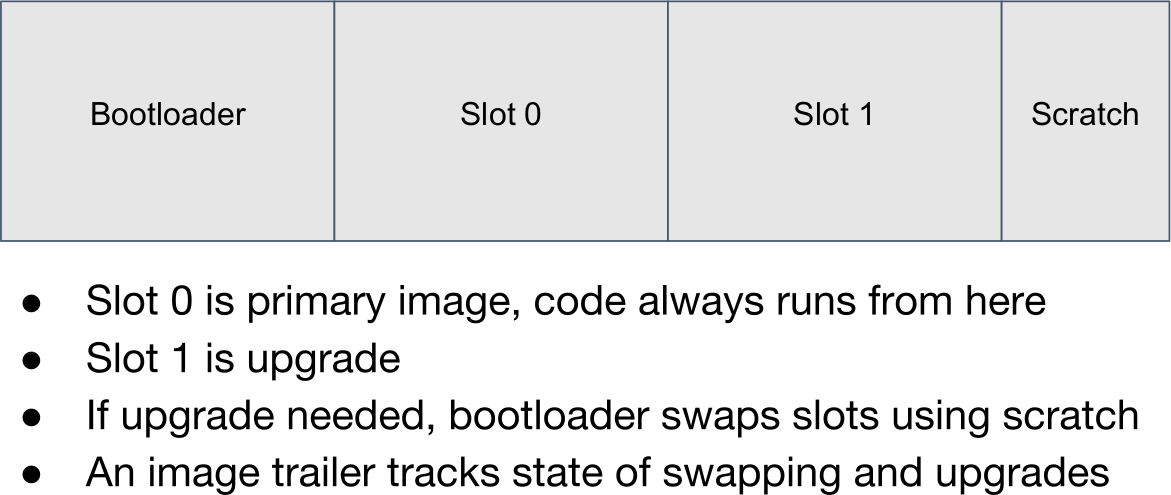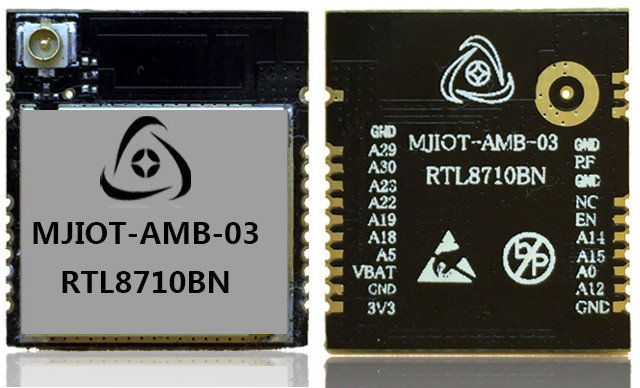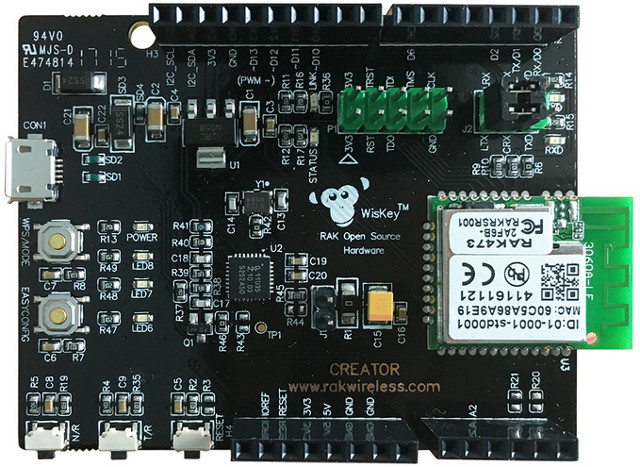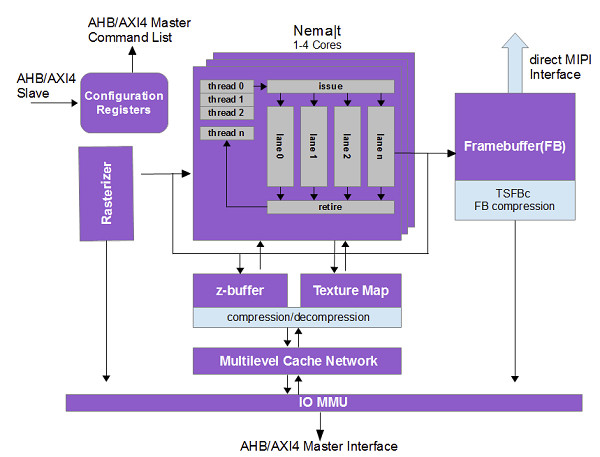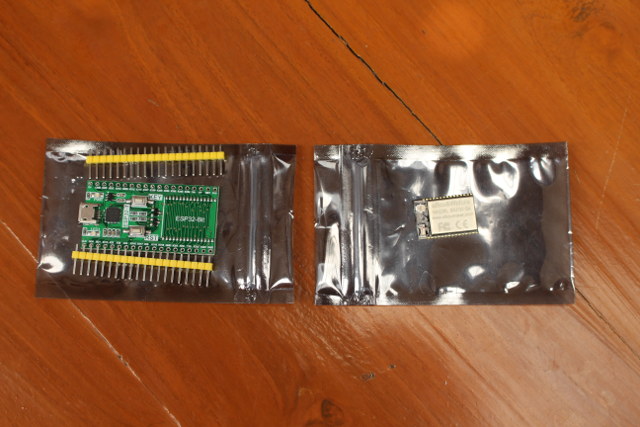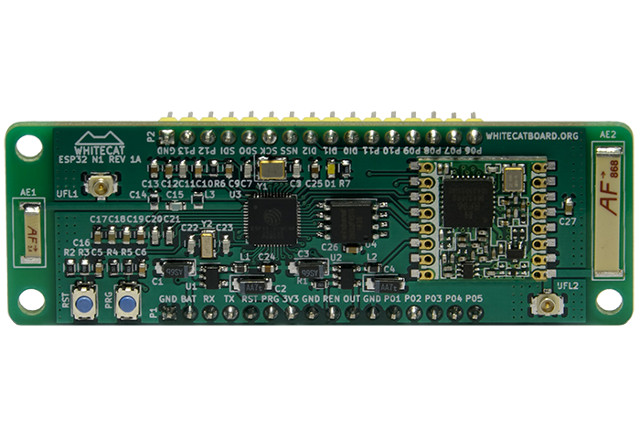Telecom companies also want their share of the IoT business, but with 2G to 4G cellular technology often being too power hungry and/or expensive for this market, 2G on-going – or upcoming – sunset depending on your location, LTE Cat M1 and LTE Cat NB1 (aka NB-IoT) standards have been developed, and used in products like Pycom FiPy board, and SARA-R4 and SARA-M2 modules. If you want to have an overview learn about the new LTE IoT standards and the future of cellular IoT, Particle has published a useful presentation – embedded below – dealing with both, as well as eSIM (Embedded SIM), 2G sunset, and battery life expectations. The main takeaways from my reading of the presentation: LTE NB1 is better suited for low power stationary sensors transmitting a small amount of data a few times a day. Requires new hardware and software LTE M1 can be used for […]
u-blox SARA-S200 RPMA Module Supports the Machine Network
RPMA is one of the many LPWAN IoT communication standards, but it does not get as much press coverage as SigFox or LoRa because it targets larger scale deployments, and is not really accessible to individuals. It’s still used by companies in many countries, and u-blox has just released SARA-S200 RPMA module that will also work with the Machine Network, also relying on RPMA and managed by Ingenu. u-blox SARA-S200 module specifications: Connectivity Wireless Frequency – 2.4 GHz ISM Radio Spectrum – 80 MHz Occupied Bandwidth – 1 MHz Modulation – Dynamic – Direct Sequence Spread Spectrum (D-DSSS) Multiple Access Scheme – Random Phase Multiple Access (RPMA) Transmit Power – +22 dBm Receive Sensitivity – -133 dBm Data Throughput – 100 kB per day Link budget – 176 dB (FCC/IC) Host Interface – 7-wire SPI that includes handshaking for deep sleep modes Power Supply – 3.2 V to 3.4 V […]
MCUBoot is an Open Source Secure Bootloader for IoT / MCUs
Bootloaders takes care of the initial boot sequence on the hardware before the operating system takes over. For example, U-boot is often used in embedded systems as the bootloader before starting the main operating systems such as Linux or FreeBSD. MCUBoot is also a bootloader, but it targets the IoT, here referring to MCU based systems with limited memory and storage capacity, and is born out of work on Apache Mynewt OS, when developers decided to develop the bootloader separately from the operating system. MCUBoot is designed to run on small & low cost systems running on MCU with ~512 KB flash, ~256 KB RAM, and currently supports Zephyr OS and Mynewt, with support for other RTOS also considered. Due to constraint the bootloader uses minimal features with a flash driver, a single thread, and crypto services. The project also aims at solving security and field firmware updates. To address the […]
Realtek RTL8710BN ARM Cortex M4 WiFi MCU, MJIOT-AMB-03 Module & Board, and Ameba 4.0a SDK
We’ve already covered Realtek Ameba ARM Cortex M3 WiSoC several times with their RTL8710AF, RTL8711AM and RT8195AM solutions, but the company has now a new “Ameba Z series” relying on an ARM Cortex M4 core starting with RTL8711BN MCU. RTL8710BN specifications as listed on Realtek website: CPU – ARM Cortex-M4(F) up to 125MHz with FPU (TBC) Memory – 256KB embedded SRAM Storage – 512KB embedded ROM, external flash interface; XIP (eXecut In Place) support Wi-Fi 2.4GHz 1T1R 802.11b/g/n up to 150Mbps; 20MHz and 40MHz WEP, WPA, WPA2, WPS support Security engine – MD5, SHA-1, SHA2-256, DES, 3DES, AES Peripheral Interfaces SDIO Slave 2x UART SPI interface (Master/Slave) 2x I2C interface ADC for voltage management 5x PWM Up to 17x GPIOs Package – QFN-32; 5 x 5 mm AFAIK, other Ameba MCUs do not support XIP, but RTL8710BN and this lowers memory requirements since code can be executed from storage. MJIOT-AMB-03 module […]
$8.80 RAK CREATOR Pro Ameba RTL8711AM WiFi IoT Board Comes with 2MB SDRAM, Up to 64MB SPI Flash
Realtek Ameba is a family of WiFi ARM Cortex M3 micro-controllers for IoT applications, and RTL8710AF got some buzz last year, as modules would sell as low as $2, hereby competing with ESP8266 in terms of price. While the solution was interesting, the community activity around the solution has been slow as ESP8266 already have the community and software support. Other Realtek RTL8195AM and RTL8711AM processors offer much more memory, but at the time, price was not as attractive with Ameba Arduino board based on RTL8195AM selling for $25. But there’s now a new Arduino compatible board made by ShenzhenRAK Wireless Technology (RAK) that comes with RTL8711AM processor with 1MB ROM, 2MB SDRAM, 512KB SRAM, and up to 64MB SPI flash, and sells for just $8.80 + shipping on Aliexpress. CREATOR Pro (Wiskey) board specifications: WiFi Module – RAK473 with Realtek RTL8711AM ARM Cortex M3 MCU @ 166 MHz, 1MB […]
Think Silicon Ultra Low Power NEMA GPUs are Designed for Wearables and IoT Applications
When you have to purchase a wearable device, let’s say a smartwatch or fitness tracker, you have to make trade offs between user interface and battery life. For example, a fitness tracker such as Xiaomi Mi Band 2 will last about 2 weeks per charge with a limited display, while Android smartwatches with a much better interface need to be recharged every 1 or 2 days. Think Silicon aims to improve battery life of the devices with nicer user interfaces thanks to their ultra-low power NEMA 2D, 3D, and GP GPU that can be integrated into SoCs with ARM Cortex-M and Cortex-A cores. The company has three family of GPUs: NEMA|p pico 2D GPU with one core 4bpp framebuffer, 6bpp texture with/out alpha Fill Rate – 1pixel/cycle Silicon Area – 0.07 mm2 with 28nm process Power Consumption – leakage power GPU consumption of 0.06mW; with compression (TSFSc): 0.03 mW NEMA|t […]
Getting Started with ESP32-Bit Module and ESP32-T Development Board using Arduino core for ESP32
Espressif ESP32 may have launched last year, but prices have only dropped to attractive levels very recently, and Espressif has recently released released ESP-IDF 2.0 SDK with various improvements, so the platform has become much more interesting than just a few weeks ago. ICStation also sent me ESP32-T development board with ESP32-bit module, so I’ll first see what I got, before trying out Arduino for ESP32 on the board. ESP32-T development board with ESP-bit Module – Unboxing & Soldering One thing I missed when I asked for the board is that it was not soldered, and it comes in kit with ESP32-bit module in one package, and ESP32-T breakout board with headers in another package. The 21.5x15mm module is based on ESP32-DOWNQ6 processor with 32 Mbit (4MB) of flash, a chip antenna, and a u.FL connector. The module is apparently made by eBox, and also used in Widora board with […]
Whitecat ESP32 N1 Board Combines ESP32 WiFi + Bluetooth SoC with a LoRa Transceiver, Runs Lua RTOS
Espressif ESP32 SoC is gaining traction right now as prices have come down, and there’s still an on-going fight among LPWAN standards with LoRaWAN being fairly popular in Europe. Whitecat, a group of engineers from several companies based in Citilab, Barcelona, Spain, has designed a board that combines both ESP32 and a LoRA transceiver, bringing an alternative to Pycom LoPy board, but instead of running MicroPython, they have developed Lua-RTOS. Whitecat ESP32 N1 hardware specifications: SoC – Espressif ESP32 dual-core Tensilica LX6 microprocessor @ up to 240MHz with 520kB internal SRAM Storage – 4MB flash memory Connectivity LoRa WAN transceiver working in the 868 (EU) MHz / 915 (USA) MHz with on-board antenna, and u.FL connector for external antenna Integrated 802.11b/g/n WiFi transceiver with on-board antenna, and u.FL connector for external antenna Integrated dual-mode Bluetooth (classic and BLE) I/O Headers – 2x 16-pin with SPI, I2C, I2S, SDIO, UART, CAN, […]


